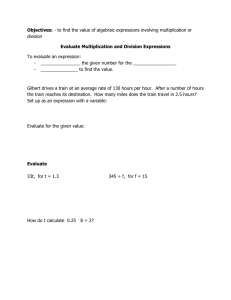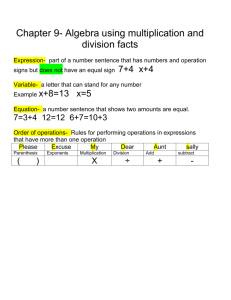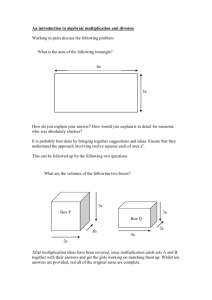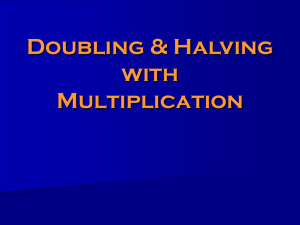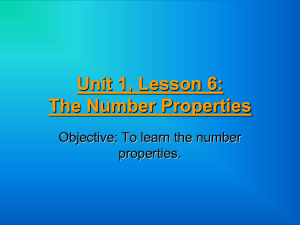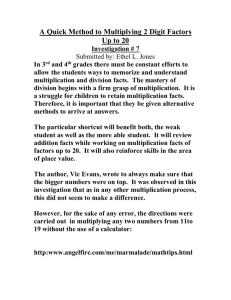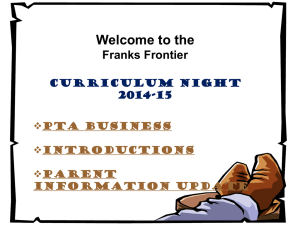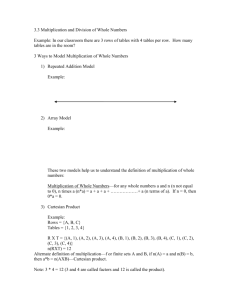3rd Grade Math Lesson Plans Date: December 9
advertisement
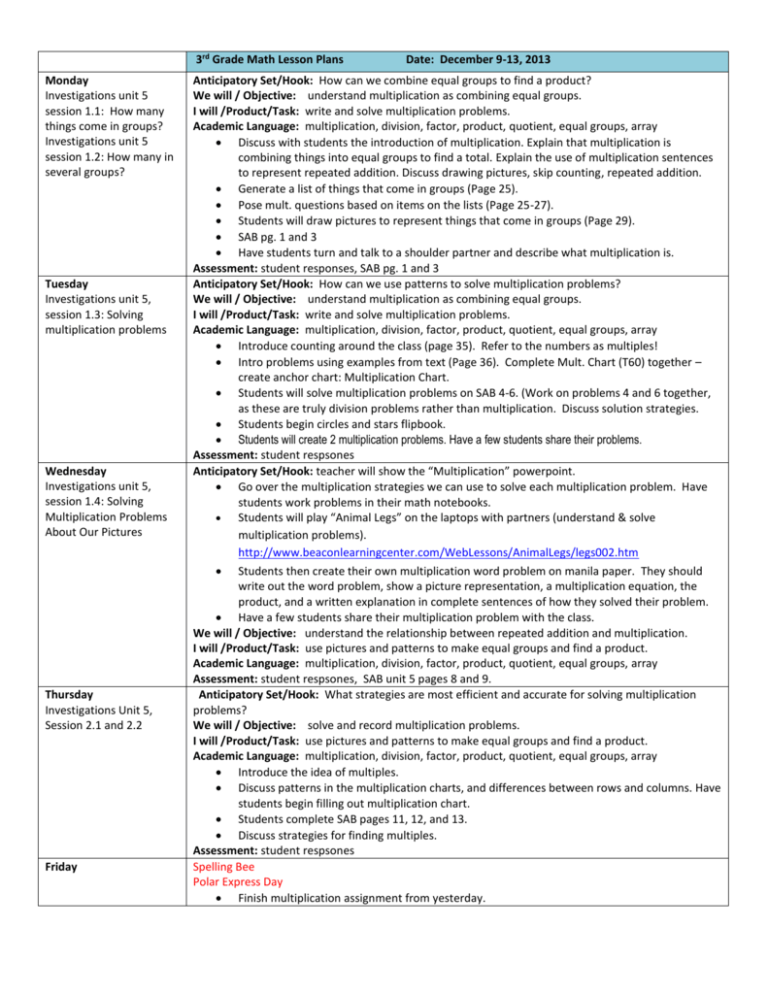
3rd Grade Math Lesson Plans Monday Investigations unit 5 session 1.1: How many things come in groups? Investigations unit 5 session 1.2: How many in several groups? Tuesday Investigations unit 5, session 1.3: Solving multiplication problems Wednesday Investigations unit 5, session 1.4: Solving Multiplication Problems About Our Pictures Thursday Investigations Unit 5, Session 2.1 and 2.2 Friday Date: December 9-13, 2013 Anticipatory Set/Hook: How can we combine equal groups to find a product? We will / Objective: understand multiplication as combining equal groups. I will /Product/Task: write and solve multiplication problems. Academic Language: multiplication, division, factor, product, quotient, equal groups, array Discuss with students the introduction of multiplication. Explain that multiplication is combining things into equal groups to find a total. Explain the use of multiplication sentences to represent repeated addition. Discuss drawing pictures, skip counting, repeated addition. Generate a list of things that come in groups (Page 25). Pose mult. questions based on items on the lists (Page 25-27). Students will draw pictures to represent things that come in groups (Page 29). SAB pg. 1 and 3 Have students turn and talk to a shoulder partner and describe what multiplication is. Assessment: student responses, SAB pg. 1 and 3 Anticipatory Set/Hook: How can we use patterns to solve multiplication problems? We will / Objective: understand multiplication as combining equal groups. I will /Product/Task: write and solve multiplication problems. Academic Language: multiplication, division, factor, product, quotient, equal groups, array Introduce counting around the class (page 35). Refer to the numbers as multiples! Intro problems using examples from text (Page 36). Complete Mult. Chart (T60) together – create anchor chart: Multiplication Chart. Students will solve multiplication problems on SAB 4-6. (Work on problems 4 and 6 together, as these are truly division problems rather than multiplication. Discuss solution strategies. Students begin circles and stars flipbook. Students will create 2 multiplication problems. Have a few students share their problems. Assessment: student respsones Anticipatory Set/Hook: teacher will show the “Multiplication” powerpoint. Go over the multiplication strategies we can use to solve each multiplication problem. Have students work problems in their math notebooks. Students will play “Animal Legs” on the laptops with partners (understand & solve multiplication problems). http://www.beaconlearningcenter.com/WebLessons/AnimalLegs/legs002.htm Students then create their own multiplication word problem on manila paper. They should write out the word problem, show a picture representation, a multiplication equation, the product, and a written explanation in complete sentences of how they solved their problem. Have a few students share their multiplication problem with the class. We will / Objective: understand the relationship between repeated addition and multiplication. I will /Product/Task: use pictures and patterns to make equal groups and find a product. Academic Language: multiplication, division, factor, product, quotient, equal groups, array Assessment: student respsones, SAB unit 5 pages 8 and 9. Anticipatory Set/Hook: What strategies are most efficient and accurate for solving multiplication problems? We will / Objective: solve and record multiplication problems. I will /Product/Task: use pictures and patterns to make equal groups and find a product. Academic Language: multiplication, division, factor, product, quotient, equal groups, array Introduce the idea of multiples. Discuss patterns in the multiplication charts, and differences between rows and columns. Have students begin filling out multiplication chart. Students complete SAB pages 11, 12, and 13. Discuss strategies for finding multiples. Assessment: student respsones Spelling Bee Polar Express Day Finish multiplication assignment from yesterday.
